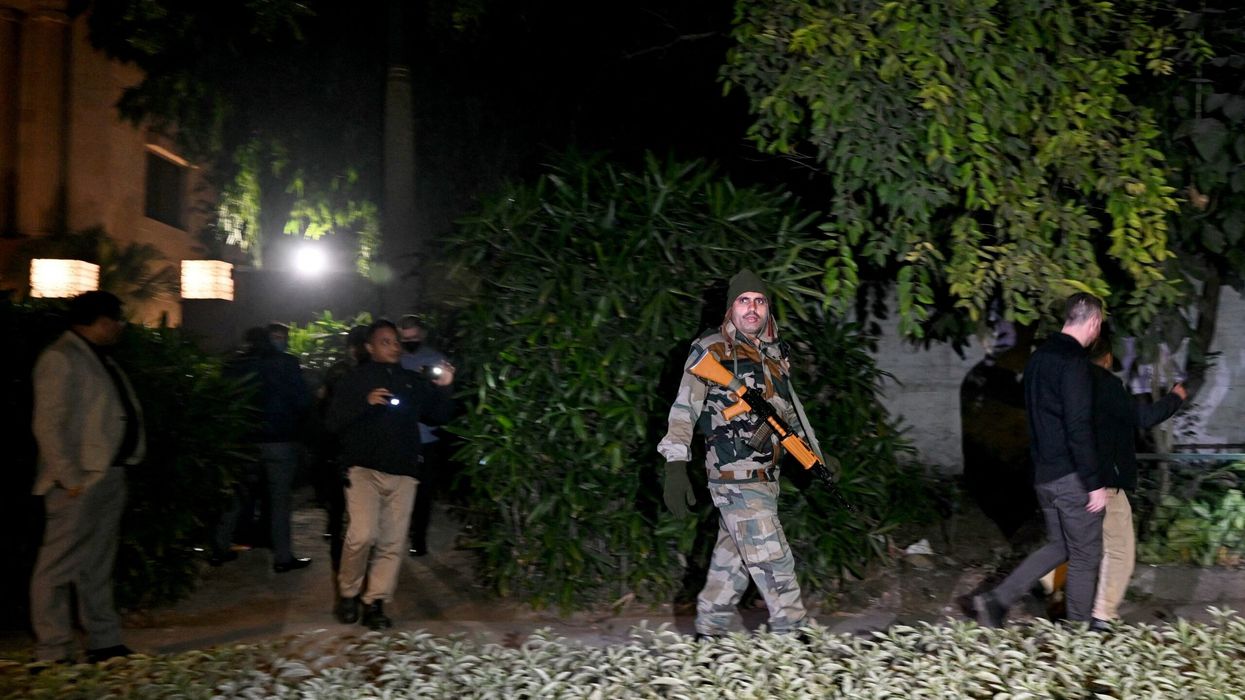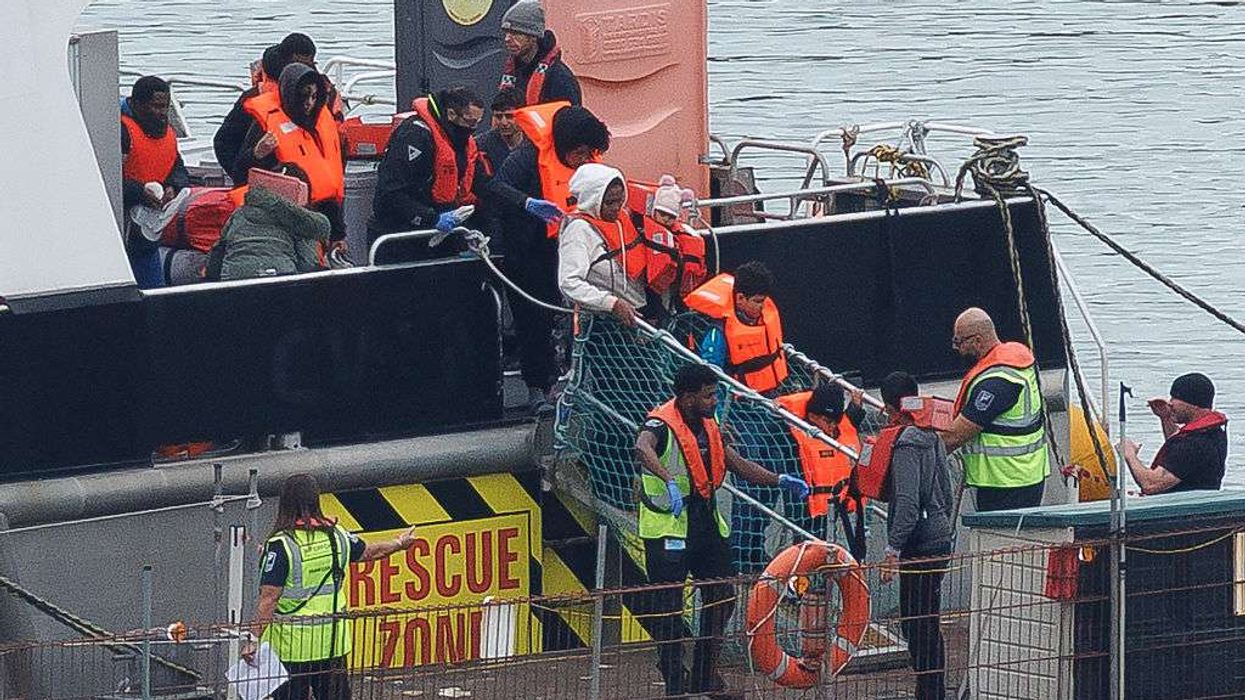Officials examining the blast near the Israeli embassy in New Delhi that occurred on Tuesday (26) believe it was a well-coordinated plan. They suggest the perpetrators were aware of the absence of CCTV cameras on Prithviraj Road, police sources said on Wednesday (27).
A low-intensity blast occurred in the area between the boundary walls of the house on plot number 4 -- Nanda's House -- and the Central Hindi Training Institute on plot number 2A on Prithviraj Road on Tuesday evening.
The area has bushes, plants, and trees and no CCTV camera, the sources said. The area is behind the Israeli embassy on Dr APJ Abdul Kalam Road, running parallel to Prithviraj Road.
The sources said there was no CCTV camera at the location as compared to Dr APJ Abdul Kalam Road where more than a dozen cameras are installed outside and near the embassy.
"Nanda's House and the Hindi training institute have CCTVs inside their gates," a source said, adding that cameras are also installed at the entry gates of the other houses.
The footage obtained from these cameras show some people, including two youngsters, roaming in the area, but they are not on the list of suspects yet.
According to the officials, the accused probably wanted to send out a message, without harming anyone.
A letter found from the spot has given a grim reminder of the January 2021 blast near the embassy.
The content of the one-page letter written in English is abusive and it also contains threats, the sources said. It was purportedly written by "Sir Allah Resistance", an organisation, they said, adding that it had words such as "Zionists", "Palestine" and "Gaza".
A letter was found from the spot after the 2021 blast as well. The letter was purposely planted to send out a message to Israel on Iran, a police officer said.
The January 2021 blast had also occurred around 5 pm and the letter was addressed to the Israeli ambassador with the word "trailer" written on it. It had mentioned the killings of an Iranian military officer and Iranian nuclear scientists.
The Special Cell of the Delhi Police had nabbed four men from Jammu and Kashmir in connection with the case.
According to the Delhi Police, the perpetrators of the latest explosion had done proper research and carried out reconnaissance of the surroundings and nearby lanes of the embassy, before executing the blast and planting the letter on the spot.
Till Wednesday evening, the Delhi Police had not registered any case as they were trying to ascertain the sequence of events leading up to the incident and the nature of the explosion.
Some witnesses, including security guards, have claimed that they heard a loud noise, which was followed by a cloud of smoke.
National Security Group (NSG) commandoes, along with forensic experts, have collected samples, including leaves, grass, and soil, from the spot.
(PTI)













